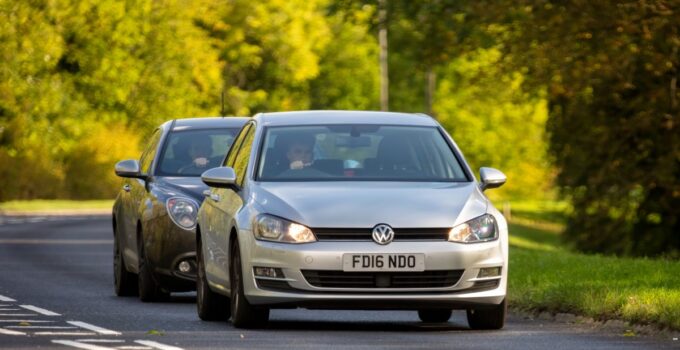Tailgating might seem like a minor annoyance or a way to speed up traffic, but it’s a lot more dangerous than you might think. Many drivers underestimate the risks involved, believing that a little close-following won’t make much difference. Here’s the reality check you need.
1. Increased Risk of Rear-End Collisions
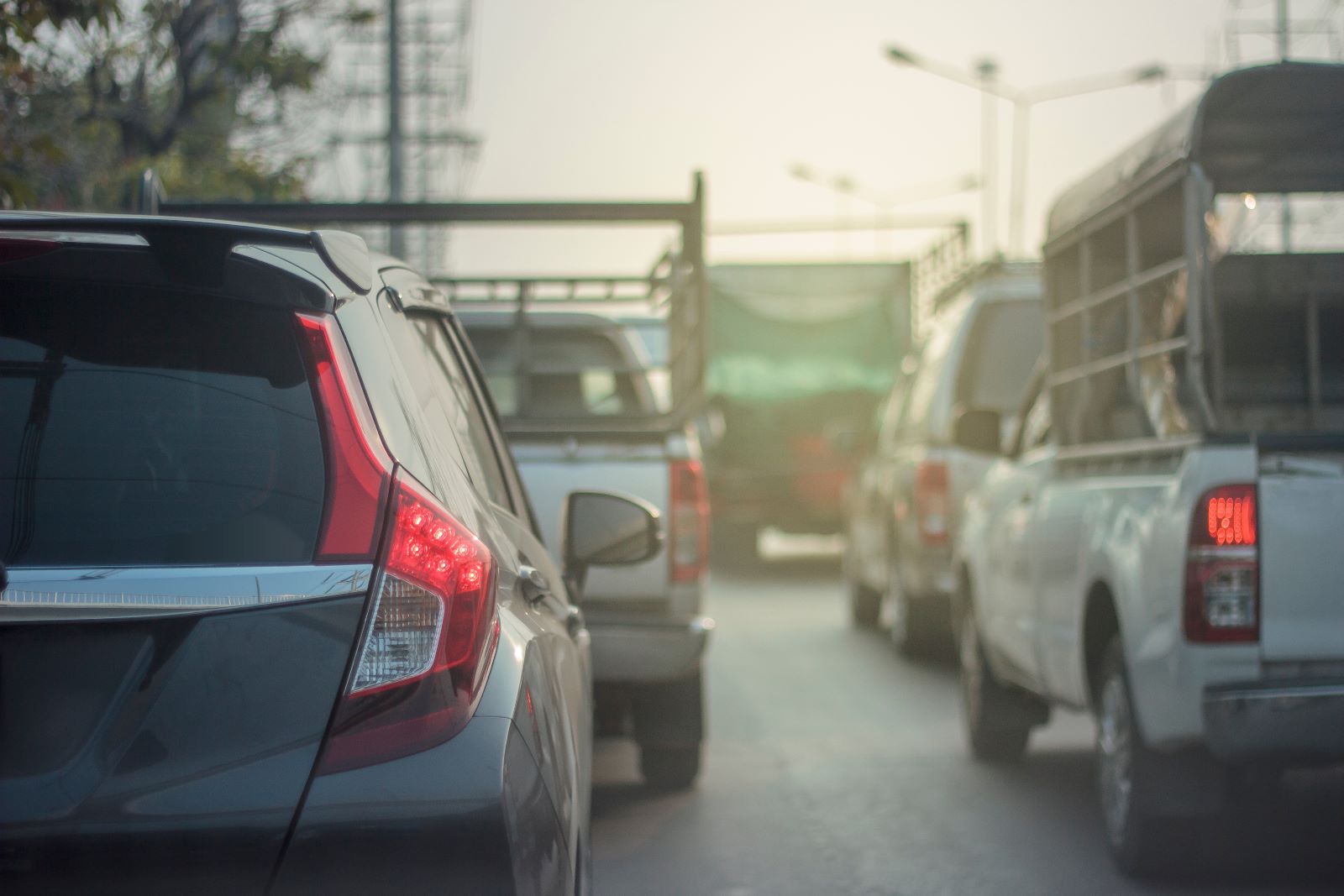
Image Credit: Shutterstock / BuzzunovaSS
Tailgating significantly increases the risk of rear-end collisions. When you’re too close to the car in front, you have less time to react if they suddenly brake. The National Highway Traffic Safety Administration (NHTSA) reports that rear-end collisions account for over 30% of all traffic accidents, and tailgating is a leading cause.
2. Reduced Reaction Time
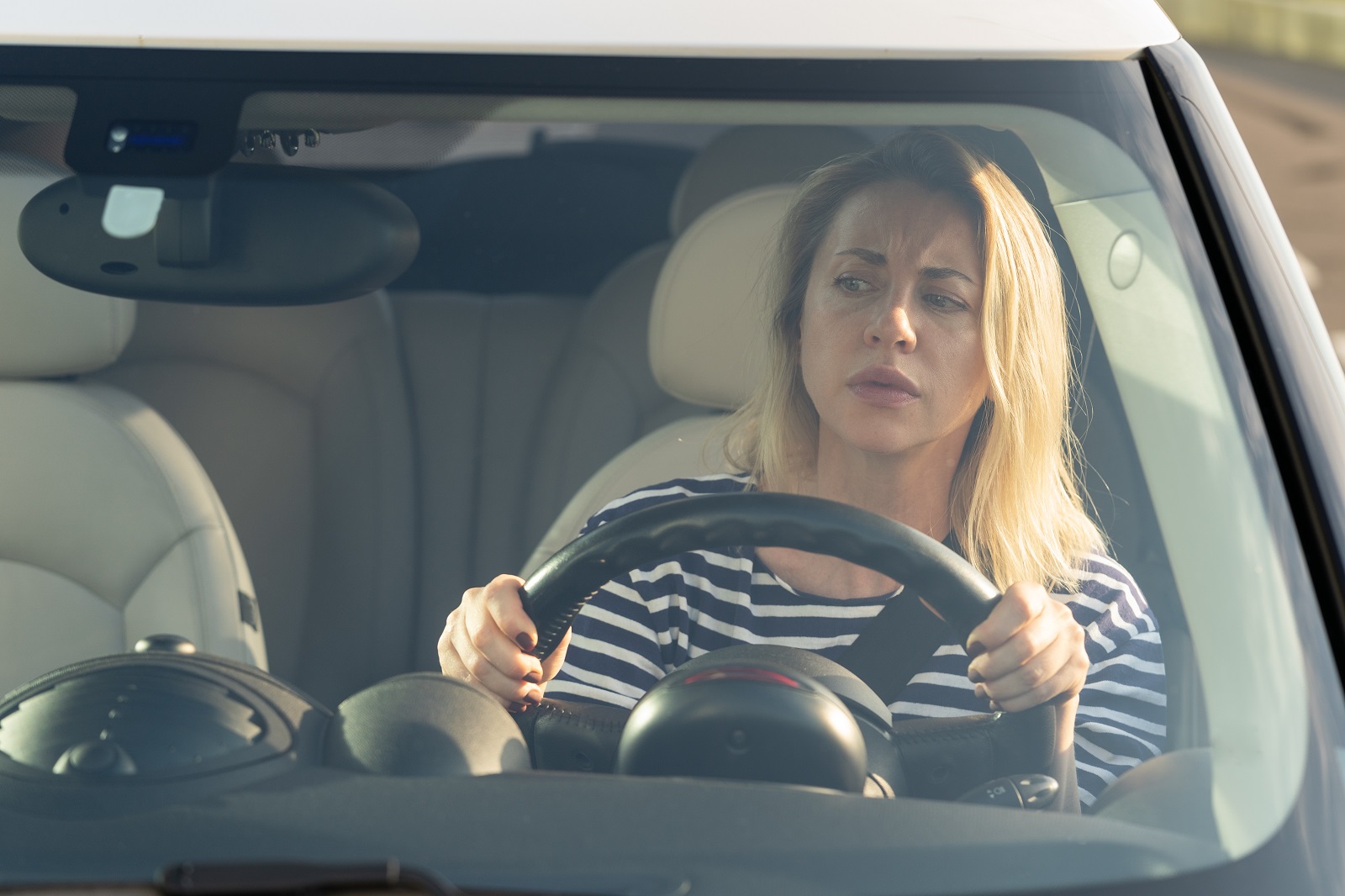
Image Credit: Shutterstock / DimaBerlin
Tailgating reduces your reaction time to less than two seconds. This leaves you with insufficient time to respond to sudden changes in traffic conditions. Research from the Insurance Institute for Highway Safety (IIHS) indicates that maintaining a safe following distance can give you up to four seconds of reaction time, drastically improving safety.
3. Higher Severity of Accidents
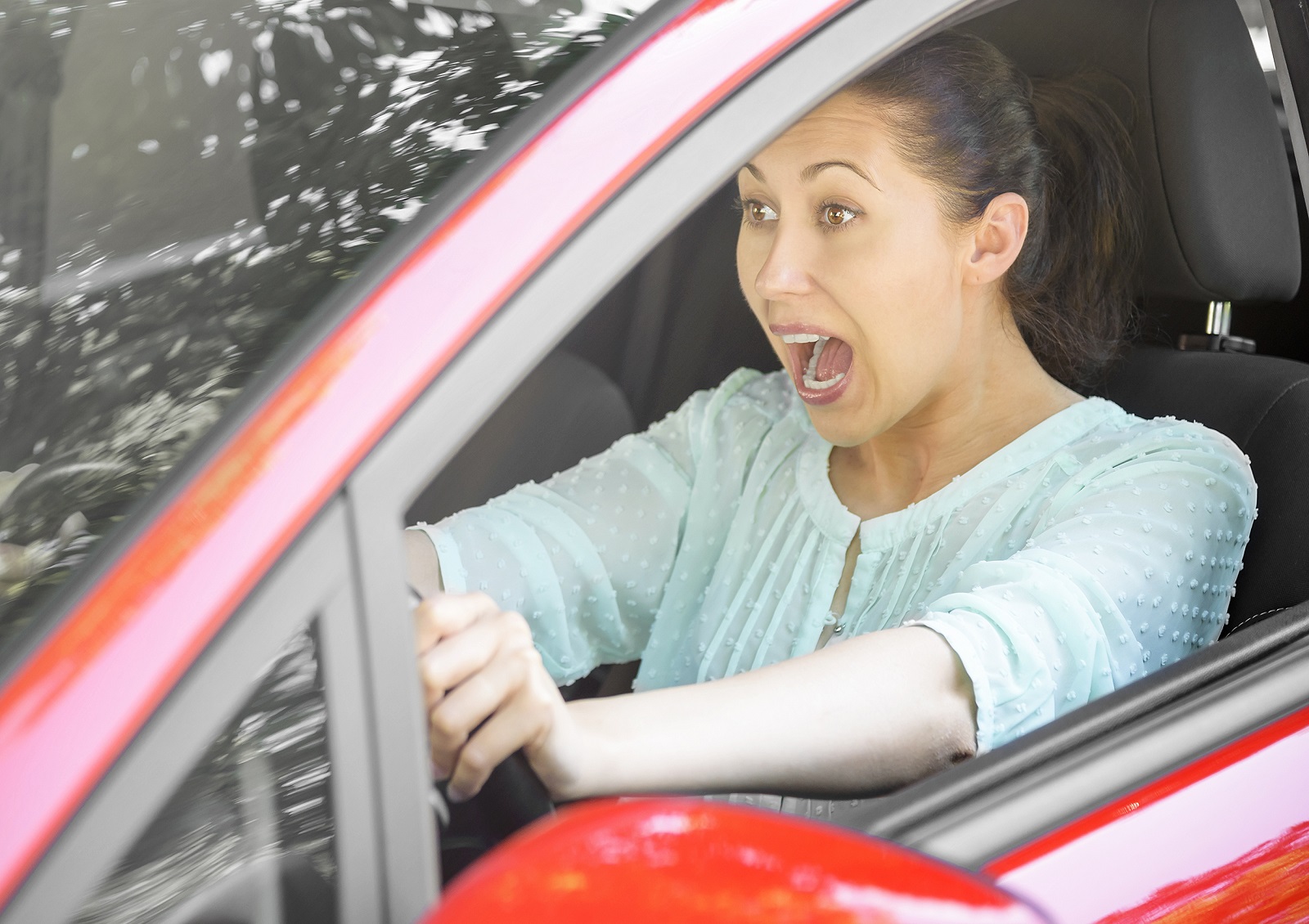
Image Credit: Shutterstock / Den Rozhnovsky
Accidents caused by tailgating are often more severe. The impact force increases when vehicles collide at close distances, resulting in more serious injuries and damage. A 2023 study by the Transportation Research Board found that tailgating-related accidents have a 25% higher rate of severe injuries compared to accidents involving safer following distances.
4. Increased Stress and Aggression

Featured Image Credit: Shutterstock / pathdoc
Tailgating elevates stress levels for both the tailgater and the driver being tailgated. High stress can impair judgment and increase the likelihood of aggressive driving behaviors. A 2024 survey by the National Institute for Highway Safety revealed that tailgating is linked to a 40% increase in aggressive driving incidents.
5. Potential for Chain-Reaction Crashes
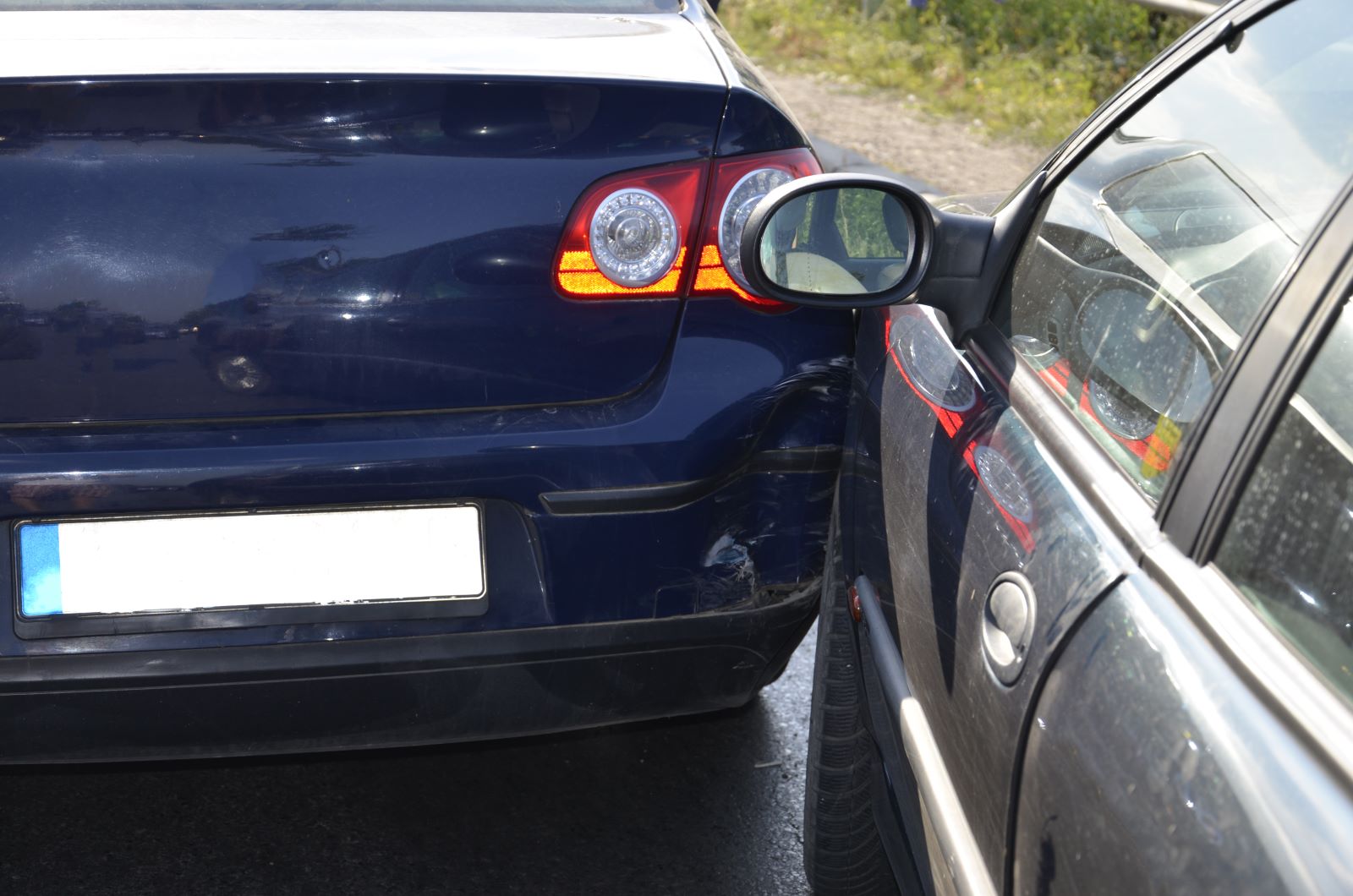
Image Credit: Shutterstock / zefart
Tailgating can trigger chain-reaction crashes, especially in heavy traffic. If a tailgating driver rear-ends a vehicle, the force can push that vehicle into another, causing a multi-vehicle pileup. Data from the Federal Highway Administration (FHWA) shows that chain-reaction crashes are more likely when tailgating is involved, with a 15% increase in such incidents.
6. Impact on Emergency Vehicles
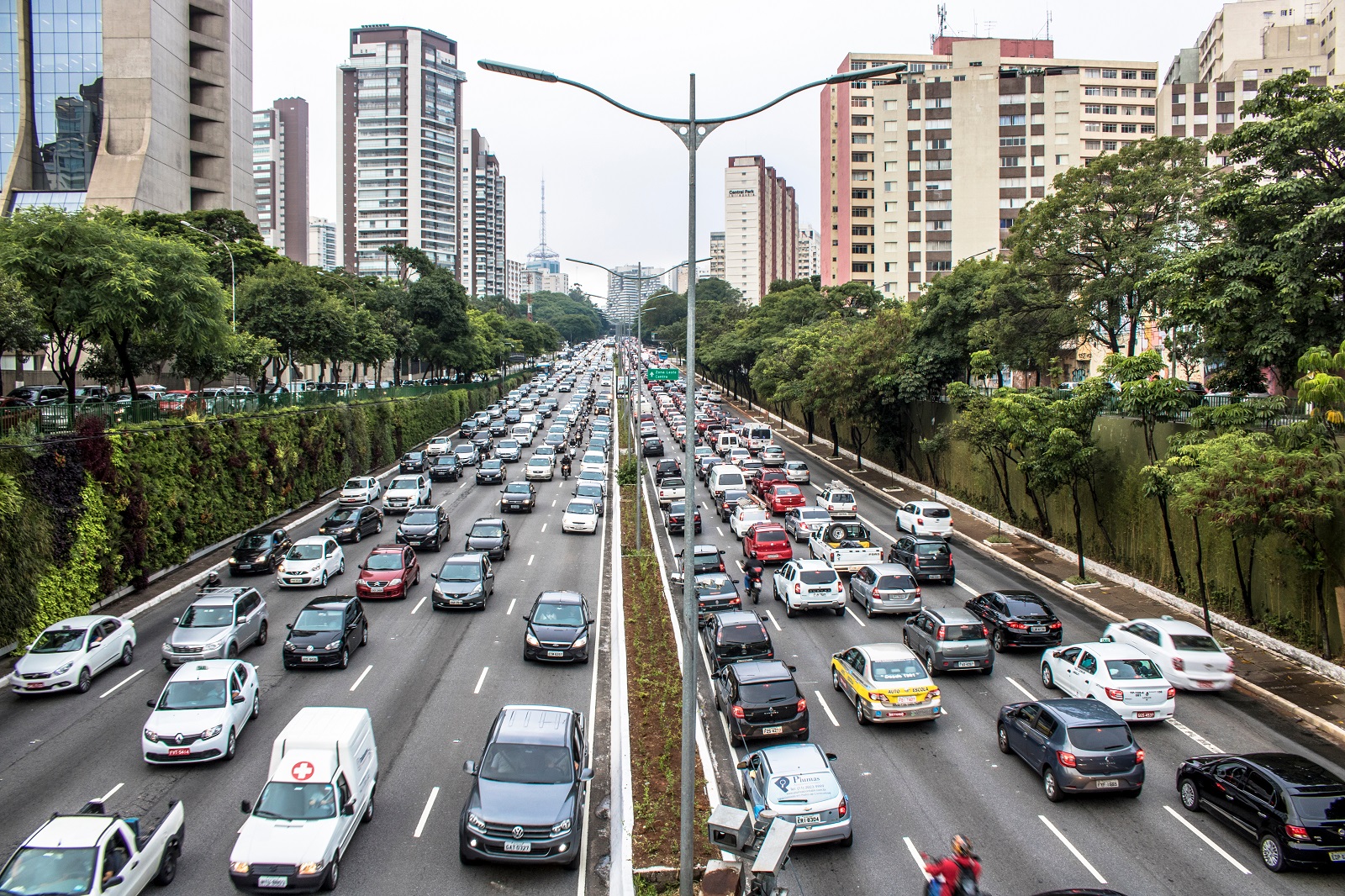
Image Credit: Shutterstock / Alf Ribeiro
Tailgating poses a risk to emergency vehicles. When drivers tailgate emergency vehicles, it can hinder their ability to reach their destinations quickly. A 2024 report by the American Traffic Safety Services Association (ATSSA) found that tailgating emergency vehicles increases response times by up to 30%, potentially jeopardizing lives.
7. Increased Likelihood of Road Rage
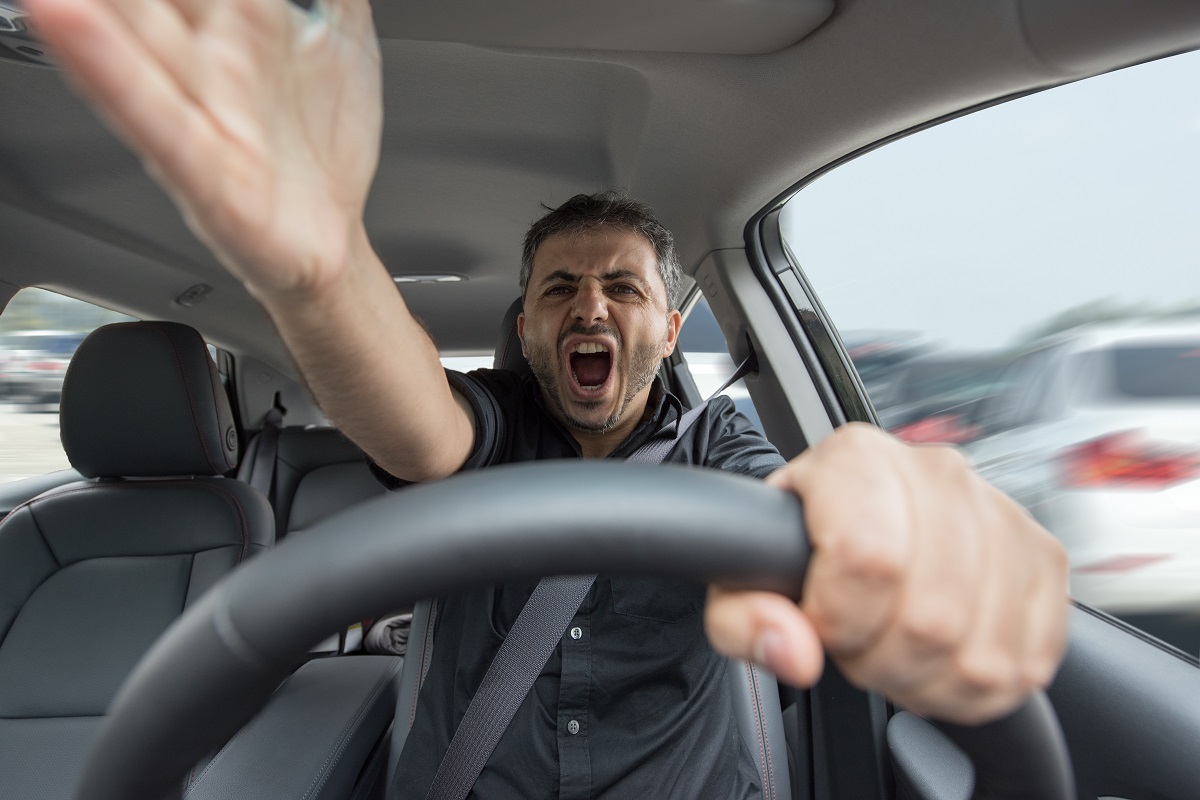
Featured Image Credit: Shutterstock / Hayk_Shalunts
Tailgating is a major trigger for road rage. The driver being tailgated may become frustrated or frightened, leading to dangerous reactions or aggressive driving. The National Highway Traffic Safety Administration (NHTSA) estimates that tailgating contributes to 25% of road rage incidents.
8. Unsafe Driving Practices
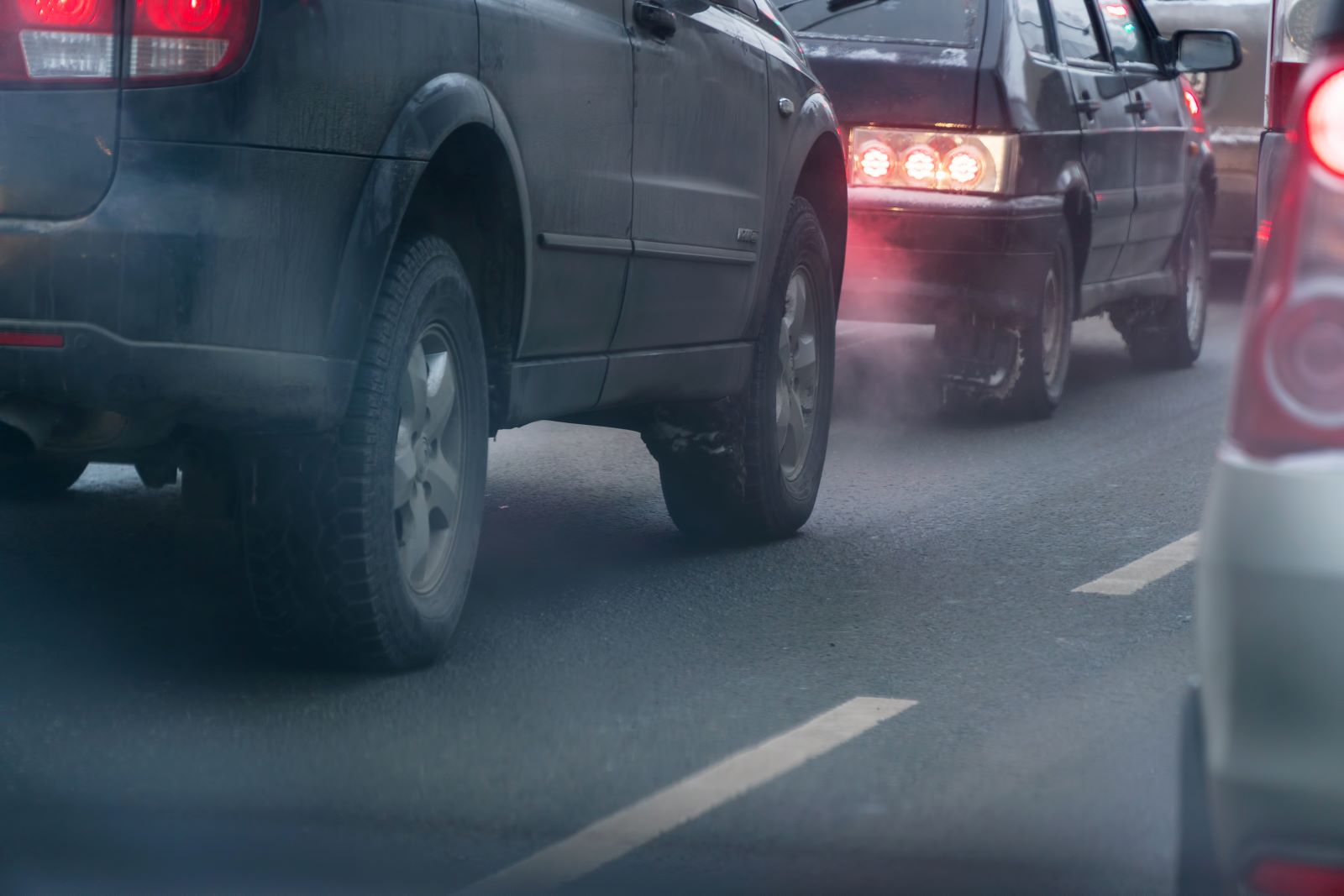
Image Credit: Shutterstock / Proshkin Aleksandr
Tailgaters often engage in other unsafe driving practices, like speeding and weaving between lanes. These behaviors compound the dangers of tailgating, increasing the overall risk of accidents. A 2023 study by the Insurance Institute for Highway Safety (IIHS) found that tailgaters are 50% more likely to engage in aggressive driving behaviors.
9. Legal Consequences

Image Credit: Shutterstock / Studio Romantic
Tailgating can lead to legal consequences beyond just fines. In some states, aggressive driving or tailgating can result in points on your driving record or even license suspension. According to a 2024 report by the American Automobile Association (AAA), states like California and Texas have stringent penalties for aggressive driving behaviors.
10. Impact on Driver Fatigue
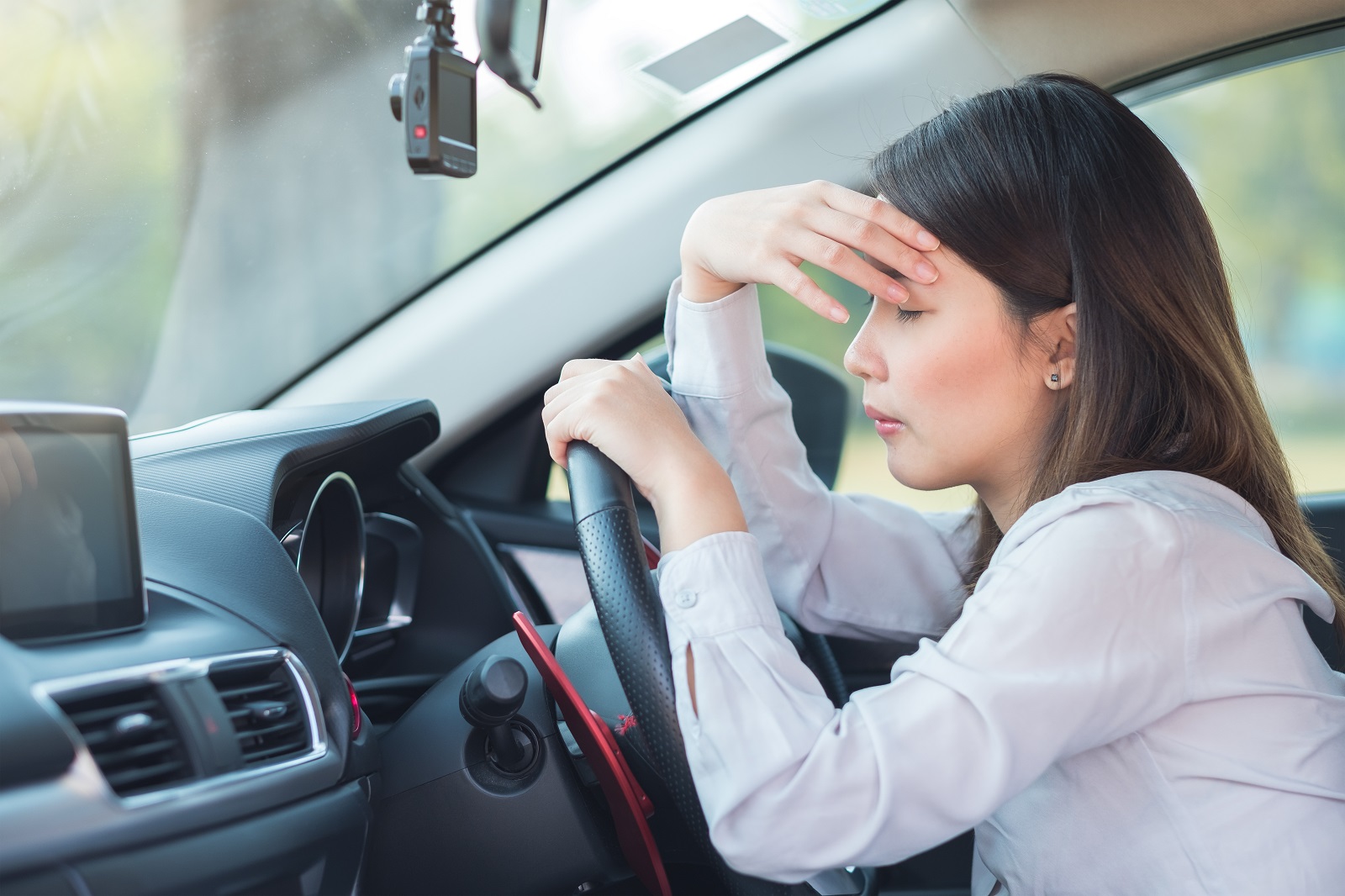
Image Credit: Shutterstock / structuresxx
Tailgating can contribute to driver fatigue by increasing stress and concentration demands. Prolonged stress and fatigue can impair your ability to drive safely. A 2023 survey by the National Sleep Foundation found that drivers experiencing high stress levels from tailgating have a 20% higher risk of falling asleep at the wheel.
11. Decreased Vehicle Control

Image Credit: Shutterstock / Thanawat Thepphongsri
Maintaining a close distance to the vehicle in front decreases your control over your own vehicle. In an emergency, your ability to maneuver safely is compromised. Research from the Federal Highway Administration (FHWA) shows that tailgaters are 30% more likely to lose control of their vehicles in sudden stop scenarios.
12. Risk of Overreaction
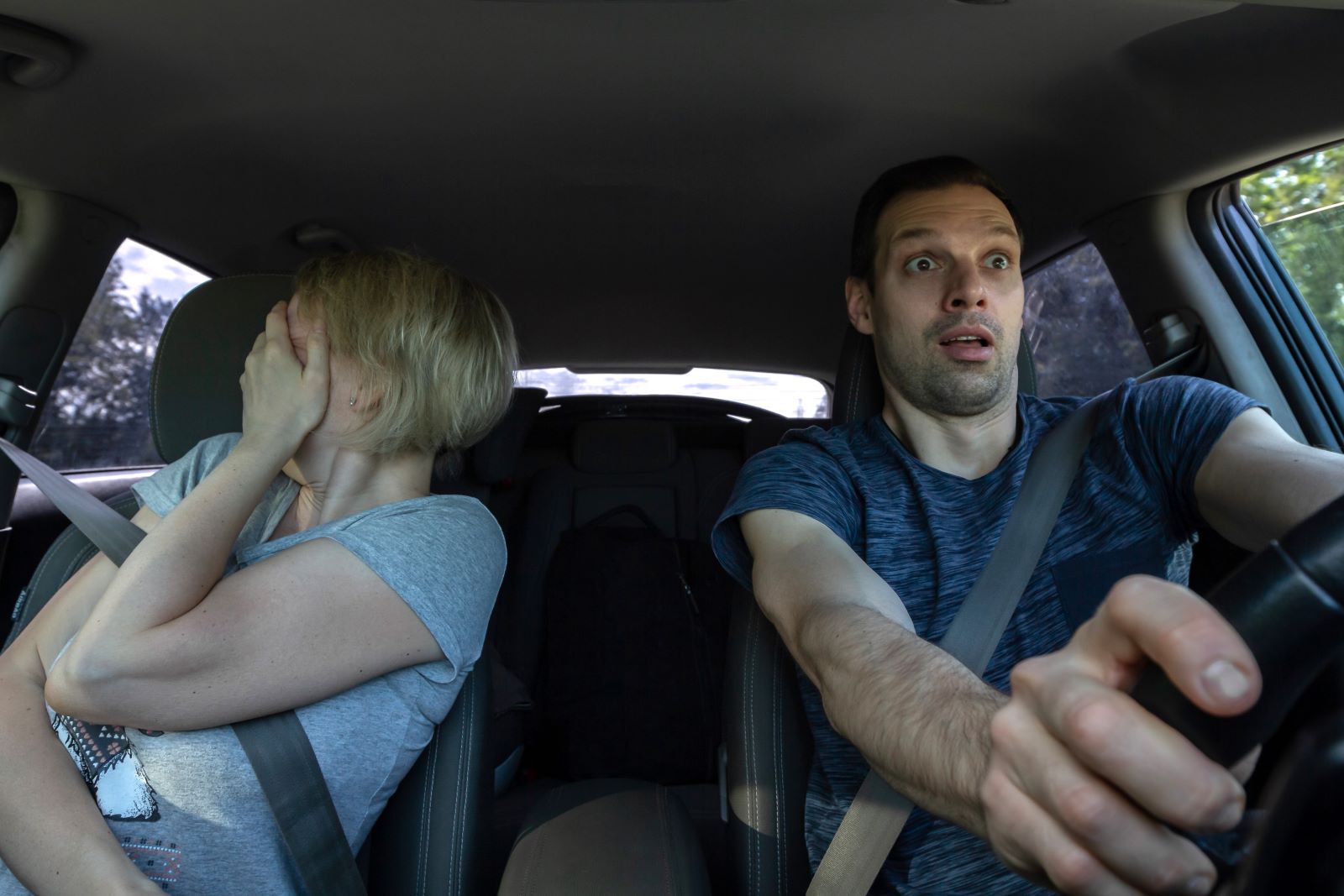
Image Credit: Shutterstock / rbkomar
Tailgating increases the risk of overreaction from the driver being tailgated. They may suddenly brake or swerve, leading to unpredictable and dangerous driving conditions. The National Institute for Highway Safety (NIHS) found that drivers who feel pressured by tailgaters are twice as likely to make sudden, erratic maneuvers.
13. Impact on Traffic Flow
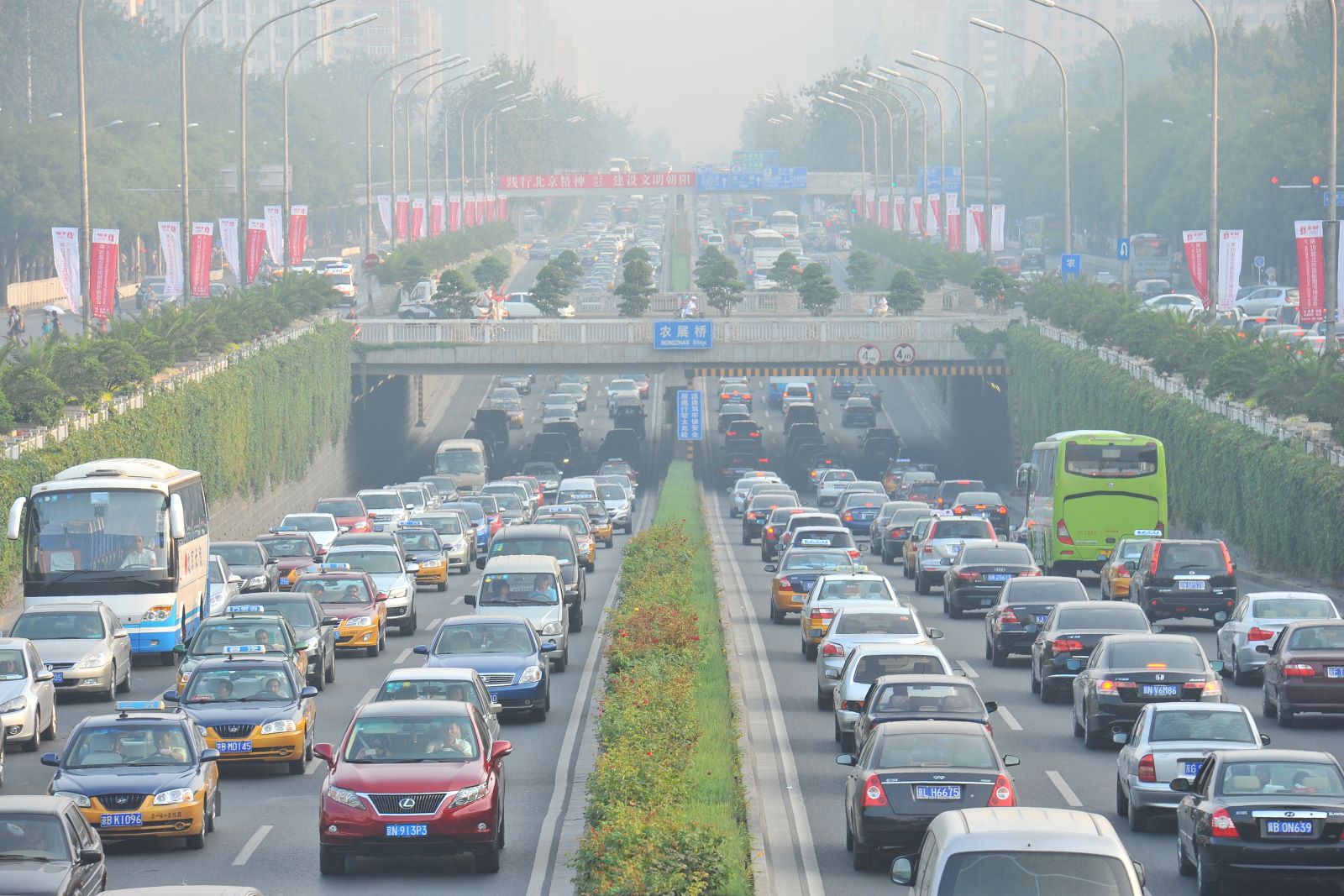
Image Credit: Shutterstock / Hung Chung Chih
Tailgating disrupts the flow of traffic by creating sudden braking and accelerating. This can lead to congestion and increased risk of accidents for all road users. A 2023 study by the Transportation Research Board found that tailgating contributes to a 10% decrease in overall traffic flow efficiency.
14. Disruption of Safe Driving Habits

Image Credit: Shutterstock / Ph.wittaya
Tailgating encourages unsafe driving habits, such as excessive speeding and tailgating other vehicles. These habits can spread and become normalized, leading to widespread dangerous driving behaviors. A 2024 report by the Insurance Information Institute (III) highlighted that tailgating can lead to a cycle of unsafe driving practices among drivers.
15. Reduced Visibility
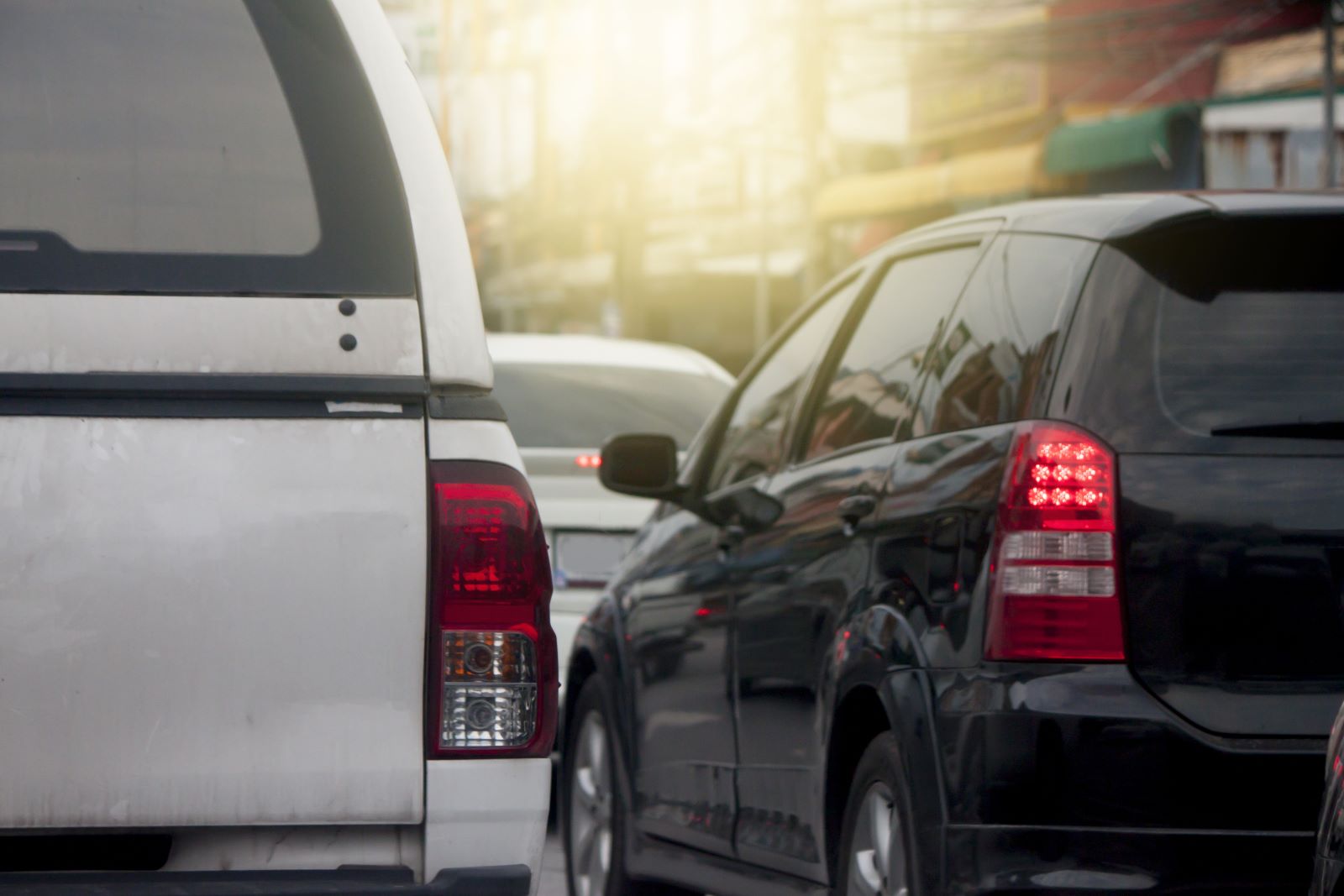
Image Credit: Shutterstock / jpreat
Tailgating can obstruct your visibility of the road ahead. Being too close to the vehicle in front means you have less time to see and react to road hazards or changes in traffic conditions. The Federal Highway Administration (FHWA) notes that tailgaters have a 20% reduced field of view compared to drivers maintaining a safe distance.
16. Psychological Impact on Other Drivers

Image Credit: Shutterstock / DimaBerlin
Tailgating has a psychological impact on other drivers, causing anxiety and fear. This can impair their ability to drive safely and make sound decisions. A 2023 study by the American Psychological Association (APA) found that 35% of drivers who are tailgated experience increased anxiety and decreased driving performance.
17. Increased Risk of Pedestrian Accidents
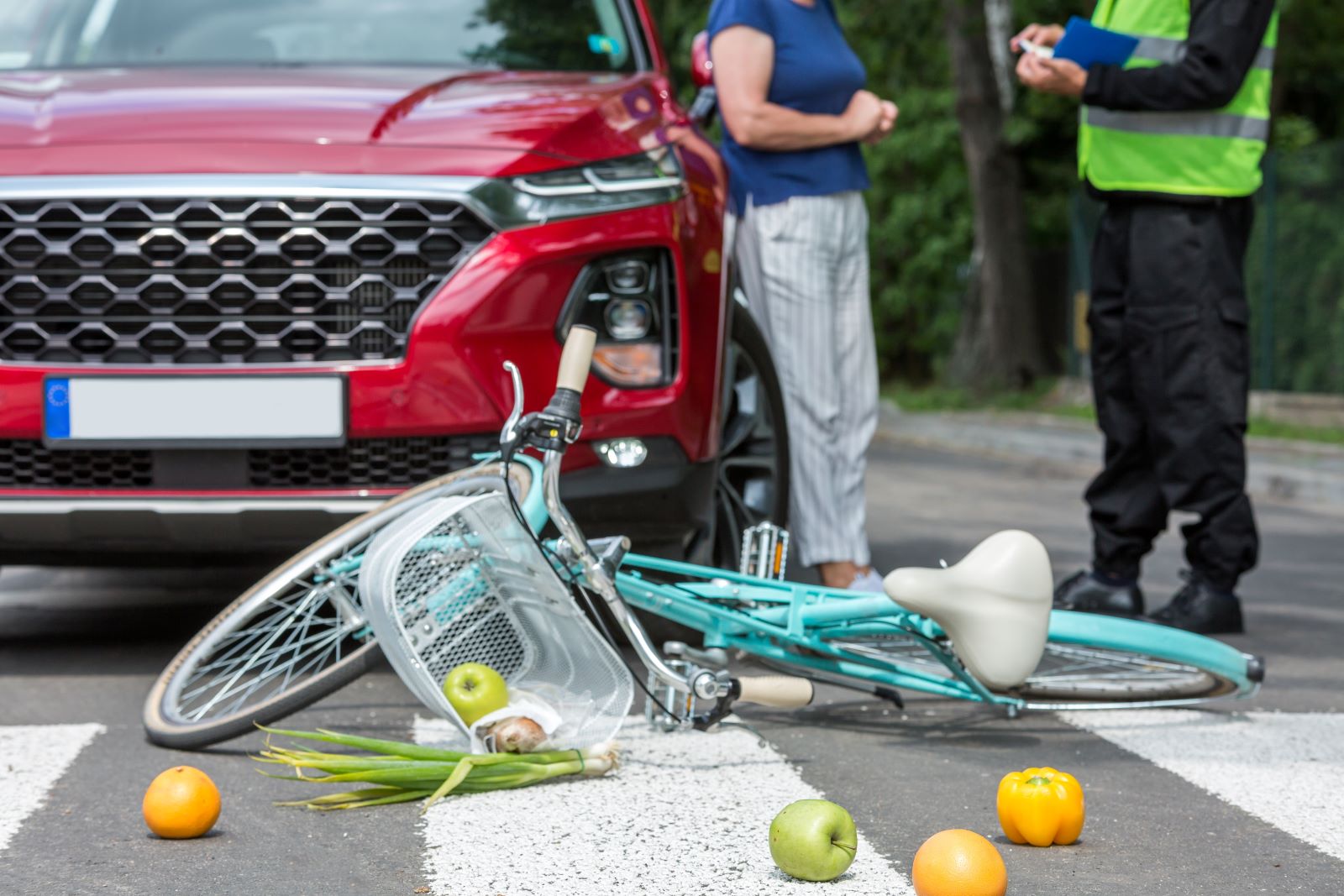
Image Credit: Shutterstock / Ground Picture
Tailgating can increase the risk of pedestrian accidents. Drivers who tailgate may be less likely to notice pedestrians or react in time to avoid collisions. Data from the National Highway Traffic Safety Administration (NHTSA) indicates that tailgating contributes to a 10% increase in pedestrian accidents in urban areas.
18. Financial Implications of Tailgating
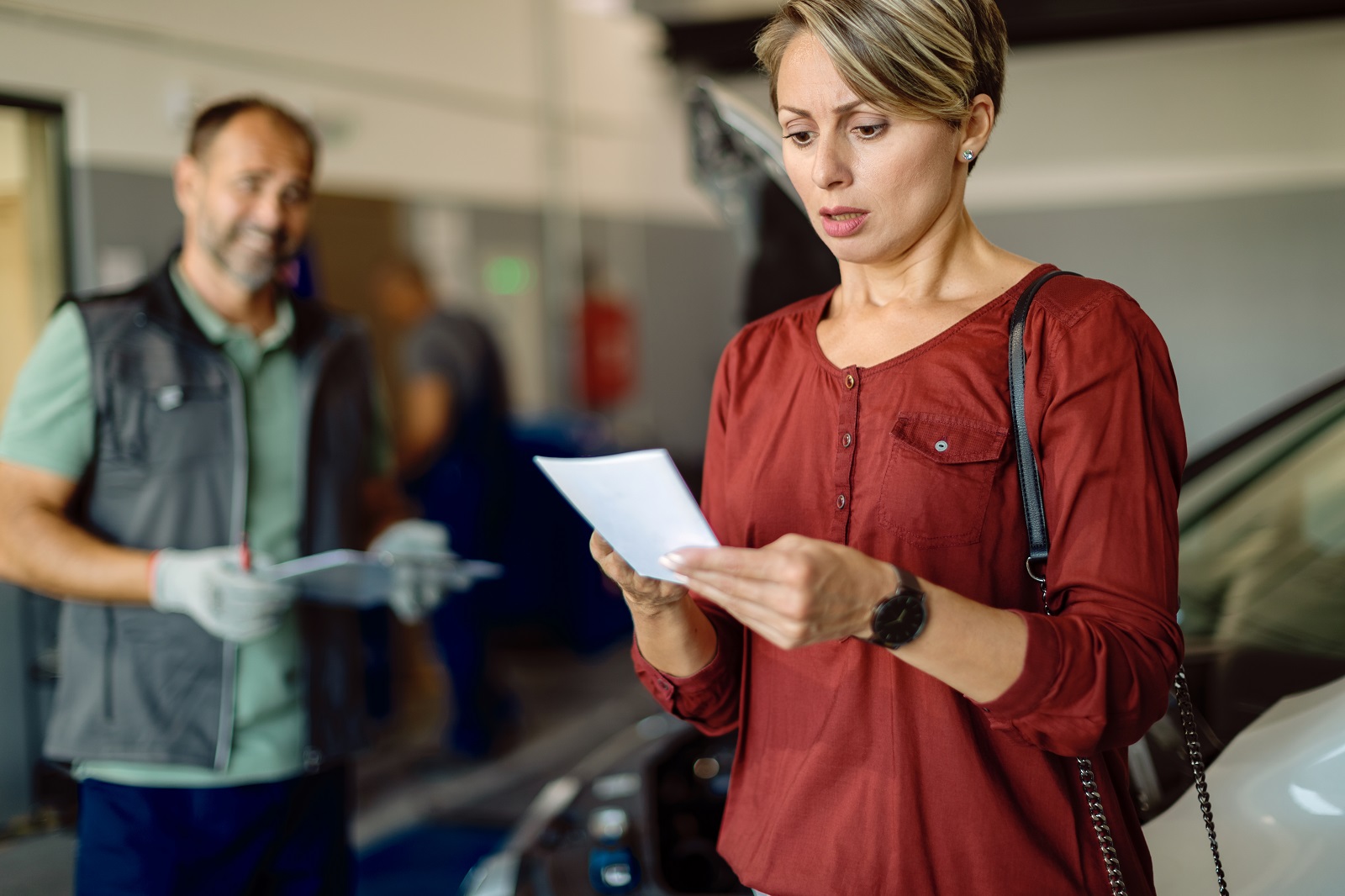
Image Credit: Shutterstock / Drazen Zigic
Tailgating can lead to costly financial consequences, including repair costs, increased insurance premiums, and legal fees. The Insurance Information Institute (III) reports that tailgating-related accidents result in an average of $4,000 in repair costs and a 15% increase in insurance premiums.
Take Tailgating Seriously
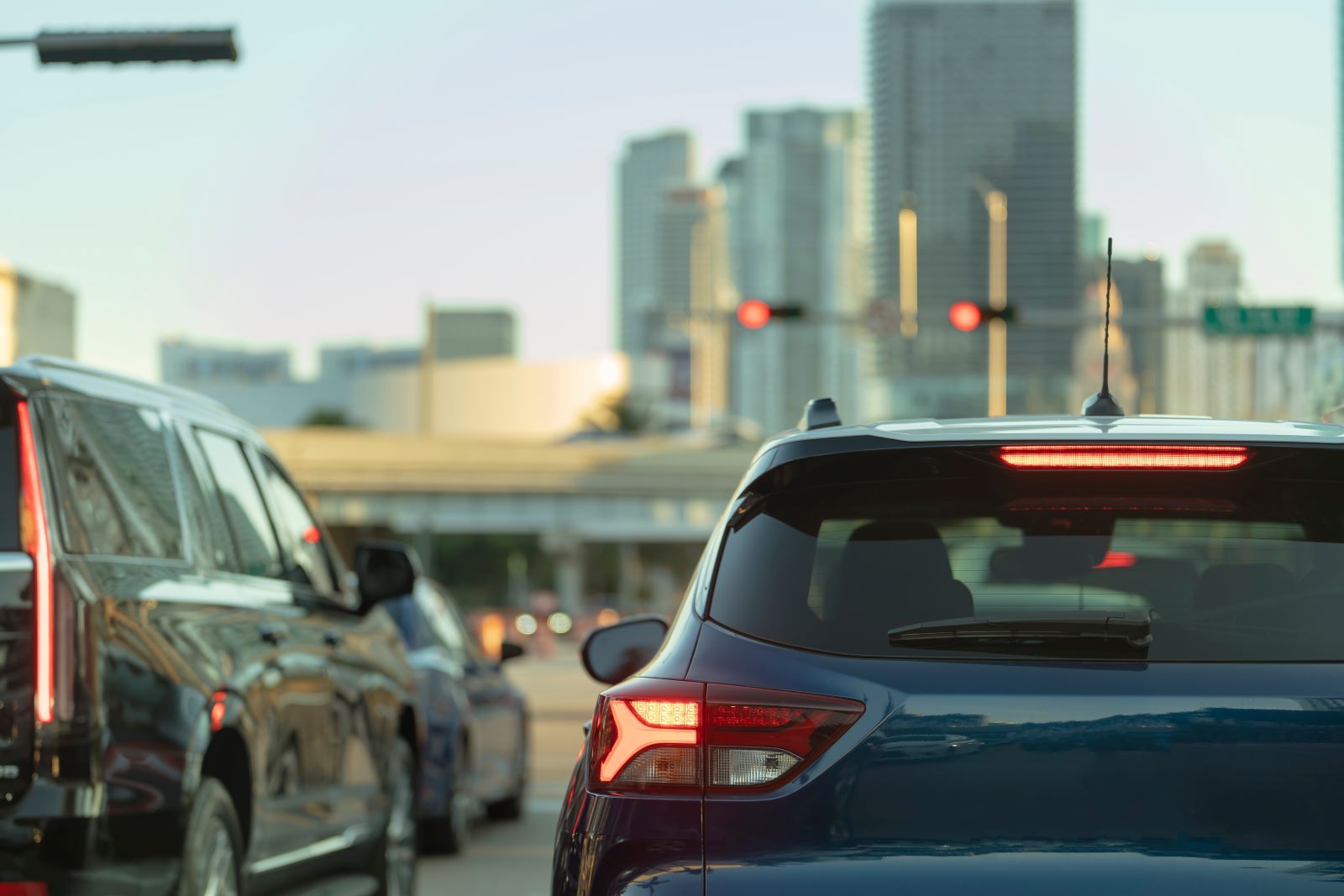
Image Credit: Shutterstock / Bilanol
Tailgating isn’t just a minor inconvenience—it’s a serious safety hazard with far-reaching consequences. Understanding the real dangers of tailgating can help you drive more responsibly and avoid costly accidents. Are you ready to rethink your driving habits and prioritize safety over impatience?
Police Magnet: 7 Cars That Guarantee You’ll Get Pulled Over
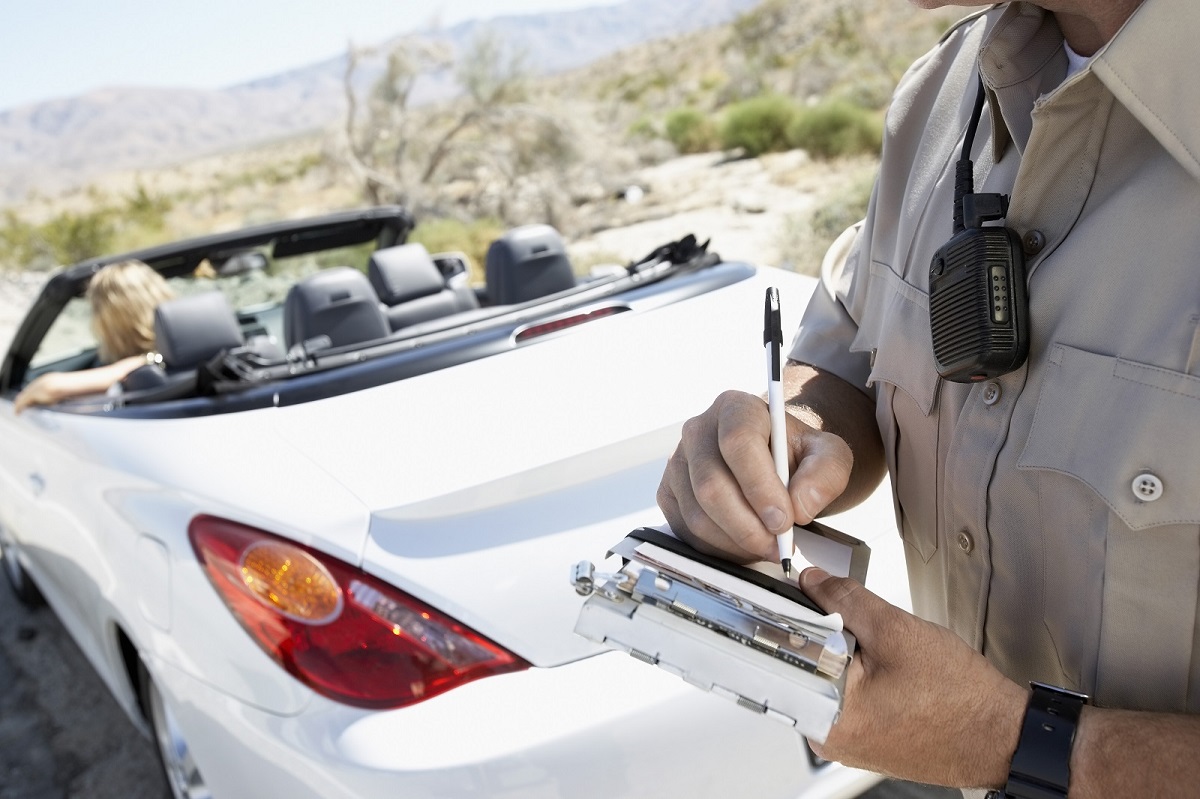
Image Credit: Shutterstock / sirtravelalot
Driving certain cars can make you more noticeable to law enforcement, even if you’re abiding by all the rules. Are you driving one of these “police magnets”? Here are seven cars that seem to attract more police attention than others. Police Magnet: 7 Cars That Guarantee You’ll Get Pulled Over
The Classic Cars That Were Total Clunkers
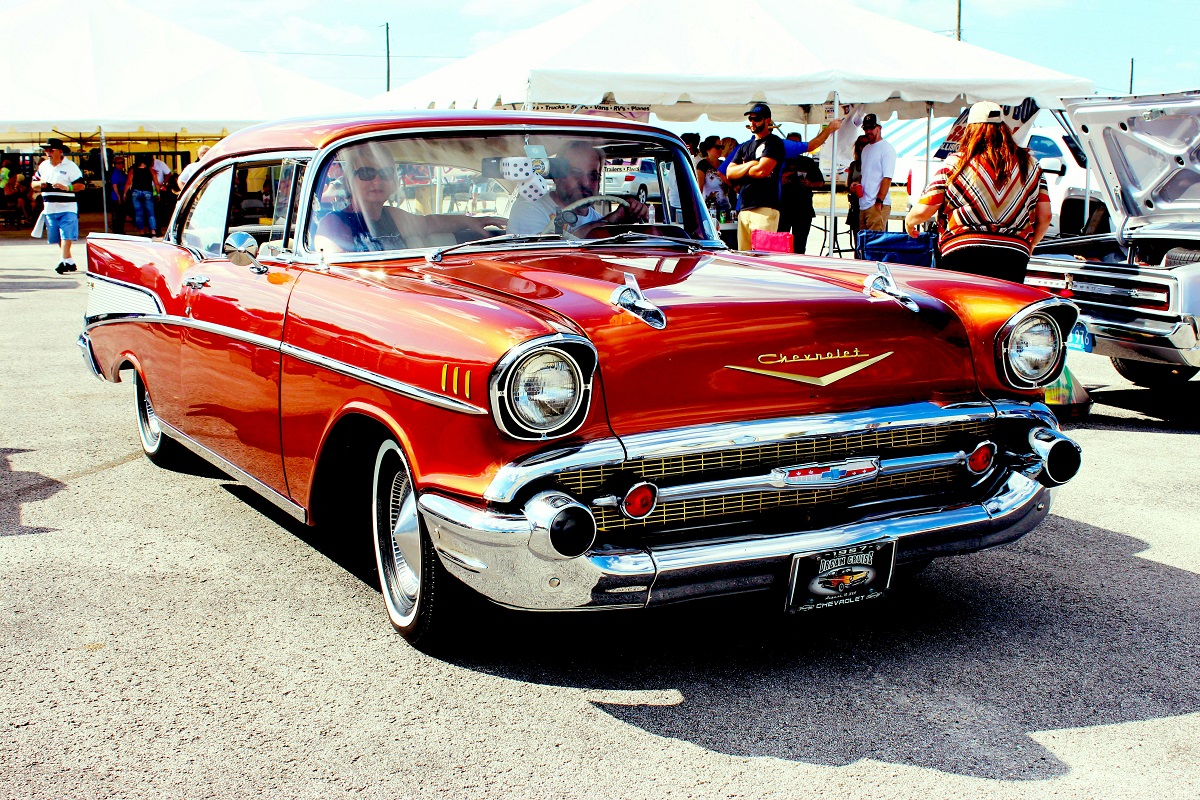
Image Credit: Pexels / Pixabay
Nostalgia has a funny way of making the past seem better than it was, especially when it comes to cars. But here’s the hard truth: some of those “classic” cars your dad raves about were real clunkers. Here’s a closer look at why some of those so-called “classics” weren’t all they were cracked up to be. The Classic Cars That Were Total Clunkers
The Worst U.S. Cars Ever Made: A Retro List
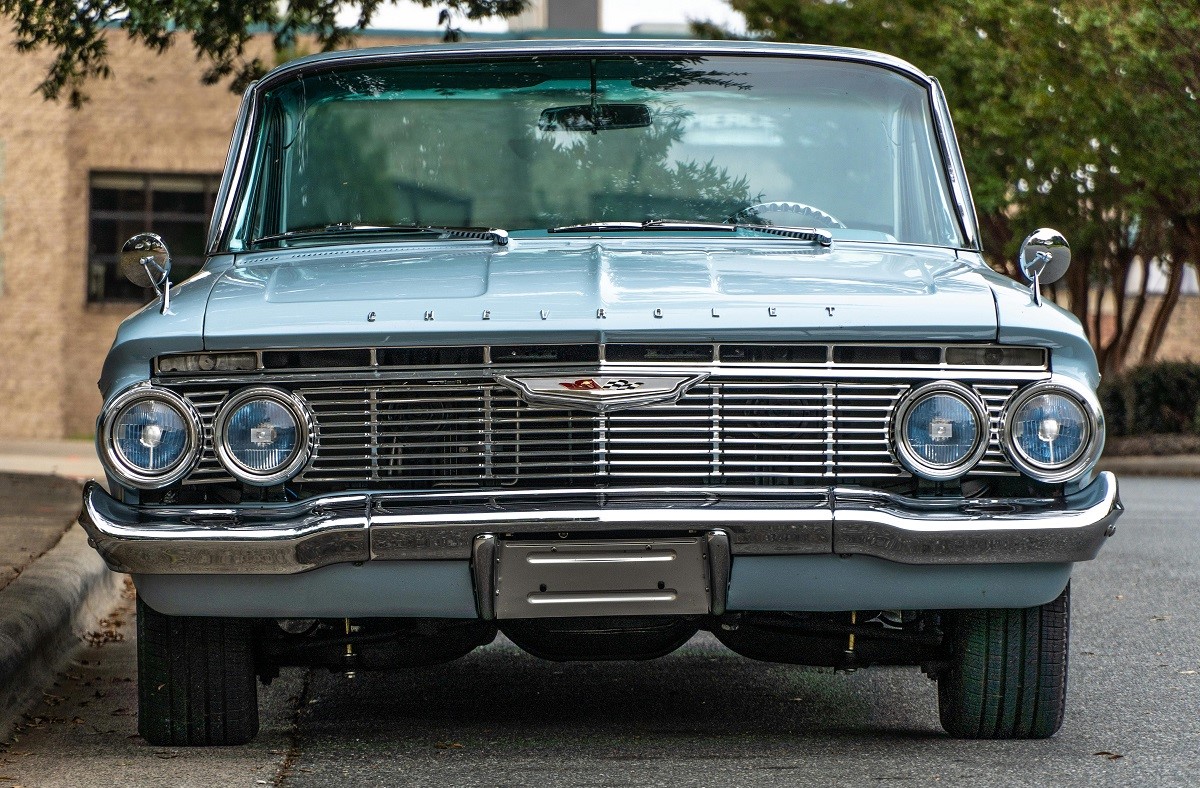
Image Credit: Pexels / Be The Observer
The U.S. auto industry has produced some incredible vehicles, but not every model was a hit. Here’s a look back at 16 of the worst cars ever made in the U.S., each infamous for its own unique flaws. The Worst U.S. Cars Ever Made: A Retro List
Featured Image Credit: Shutterstock / Sue Thatcher.
For transparency, this content was partly developed with AI assistance and carefully curated by an experienced editor to be informative and ensure accuracy.
